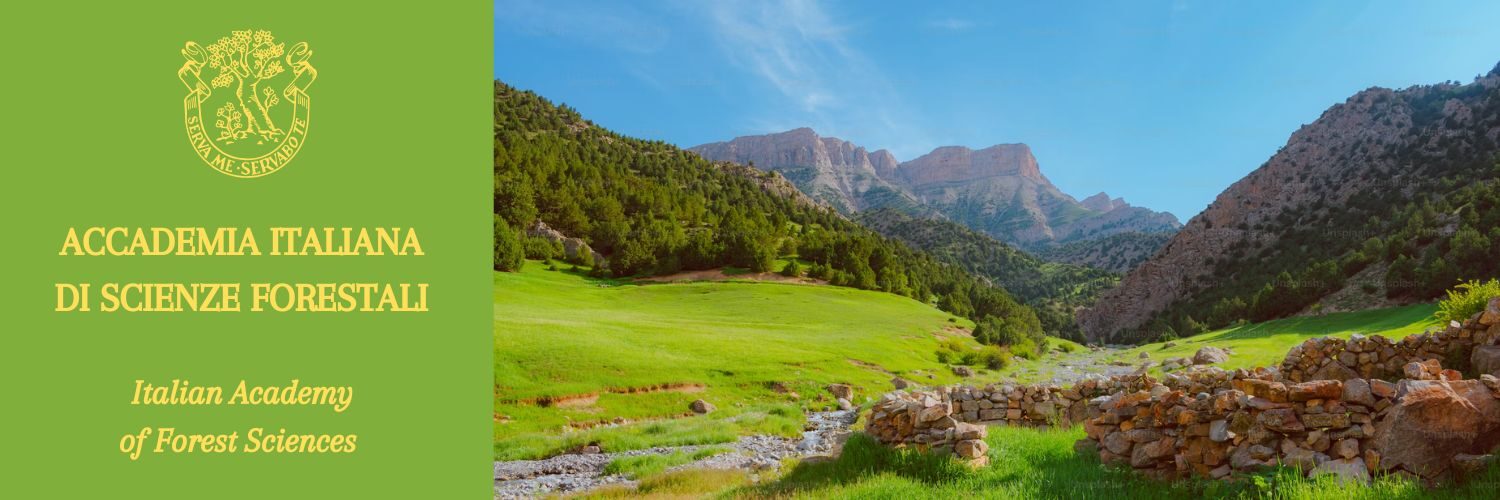doi 10.4129/2cis-ga-ilc
Citazione/Citation
Andreatta G., 2015 – Il ceduo a sterzo nell’Appennino romagnolo: trattamento del passato o possibile realtà per il futuro? In: Atti del II Congresso Internazionale di Selvicoltura. Progettare il futuro per il settore forestale, Firenze, 26-29 novembre 2014. Firenze: Accademia Italiana di Scienze Forestali. Vol. 1, p. 241-248. ISBN 978-88-87553-21-5. http://dx.doi.org/10.4129/2cis-ga-ilc
Titolo: Il ceduo a sterzo nell’Appennino romagnolo: trattamento del passato o possibile realtà per il futuro?
Title: Coppice selection system in the Apennines of Romagna: a practice of the past, or a realistic possibility for the future?
Riassunto: Il ceduo a sterzo ha trovato in passato, nei boschi di faggio di alcune aree dell’Appennino centrale, una discreta applicazione. Dai dati degli Inventari Forestali Nazionali (1985 e 2005) si può notare come la superficie trattata con tale modalità (nel 1985 74.000 ettari in ambito nazionale e 2.700 nella regione Emilia-Romagna) si sia notevolmente ridotta (nel 2005, per motivi statistici, il dato non è stato rilevato per l’esiguità delle superfici). Nella regione Emilia-Romagna, provincia di Forlì-Cesena, comuni di Bagno di Romagna e Verghereto, su poco più di 700 ettari continua a essere praticato il trattamento a ceduo a sterzo, localmente noto solo come “taglio della formica”. Nella zona oggetto dello studio, in passato, gli assortimenti ricavati dal taglio erano quasi esclusivamente destinati alla produzione di carbone. Ad oggi, invece, vengono commercializzati come legna da ardere con evidenti difficoltà di mercato. In considerazione dei notevoli vantaggi derivanti dal tipo di trattamento e del fatto che non tutti i soprassuoli di faggio possono essere convenientemente indirizzati verso le conversioni all’altofusto, si ritiene che questa particolare modalità di gestione selvicoltuale possa rivestire un importante significato anche per il futuro. Una possibile collocazione sul mercato del materiale legnoso, aspetto che rappresenta la principale problematica, potrebbe essere rappresentata dal carbone vegetale da impiegare per la cottura dei cibi. Nel nostro Paese il carbone non viene oramai più prodotto, mentre viene importato dal Sud America (Argentina in particolare) e dall’area balcanica. L’alternativa è la progressiva scomparsa di questo particolare trattamento con il conseguente abbandono dei soprassuoli.
Summary: The coppice selection system found a direct application in the past, in some of the beech forested areas of Italy. According to data from the National Forestry Inventory (1985 and 2005) the area treated with this method has been significantly reduced. In 1985 there were 74,000 hectares nationally and 2,700 only in the region of Emilia-Romagna. In the region of Emilia-Romagna, district of Forlì-Cesena, municipalities of Bagno di Romagna and Verghereto, the treatment of coppice selection system, locally known as “ant cutting”, continues to be practiced on just over 700 hectares (in 2005, for statistical purposes, the data did not incorporate coppice selection system because the practice was applied to an area that was considered negligible in size). In the area covered by the study, the wood assortments, in the past, were almost exclusively taken from the cut for the production of coal. Today on the other hand, it is difficult to find a market for the commercialization of this type of product as firewood. In view of the significant benefits of the coppice selection system type of treatment and of the fact that not all stands of beech can conveniently be converted to high forest, it is believed that this particular mode of silvicultural management may play an important role for the future, towards the production of coal instead of firewood. A possible marketing angle for the placement of such harvested crop on the market, this being the aspect which represents the main problem, could be argued for the use of charcoal in specialty or gourmet cuisine for cooking. In our country, coal is no longer produced, while it is being imported from South America (especially Argentina) and the Balkans. The alternative is the gradual disappearance of this particular treatment with the consequent abandonment of the stands.
Parole chiave: ceduo a sterzo, possibile futuro.
Keywords: coppice selection system, possible future.
